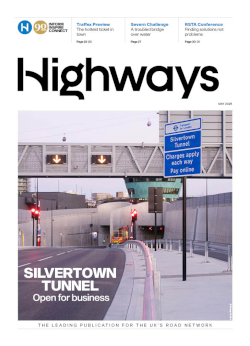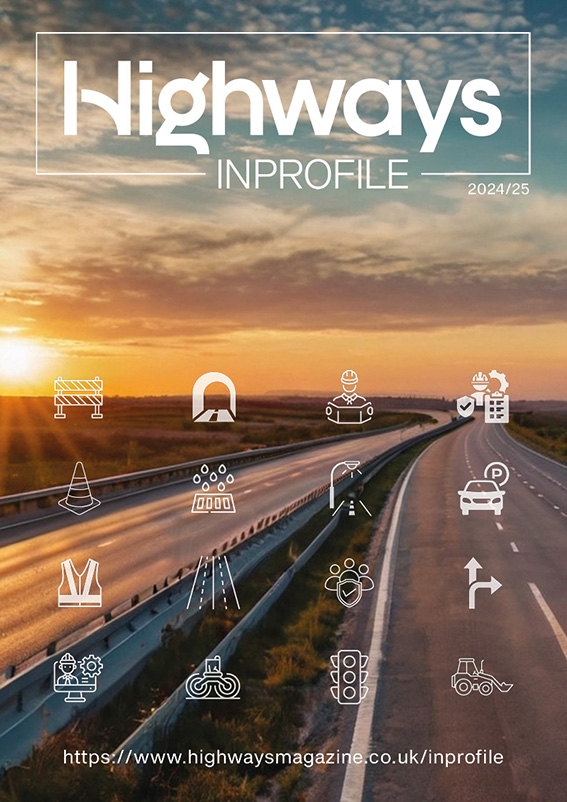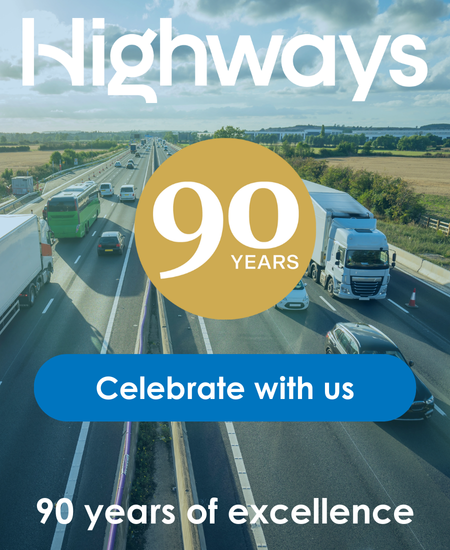The UK’s first driverless vehicle trial, VENTURER says its three year research suggests those who have tried the technology have a high level of trust in it.
As the project looking at the technical, human and insurance and legal aspects of autonomous vehicles draws to a close its overall results have been published finding that here are high user trust levels in both the Wildcat road vehicle and simulator, with no significant difference overall between the two, highlighting the value of this dual approach for future research.
The researchers say this trust is likely, in part, to reflect the high and obvious priority given to safety in the trial environment and that trust ratings are similar, regardless of whether the observer mainly travels by car in everyday life, or regularly cycles or walks. However, trial trust scores for most of the events are significantly higher when given by people who reported a high level of trust in technology generally.
The researchers think this suggests that the public is very willing to trust new technologies in practice which is positive given that CAVs may have a period during adoption in which they have varying capabilities, they may behave differently to human-driven vehicles, or in unexpected ways. They say this finding therefore supports the view that CAVs need to be clearly identifiable to other road users when operating in autonomous mode.
Graham Parkhurst, Director, Centre for Transport and Society at the University of the West of England, said: “The trial shows that passengers and observers give high trust ratings to automated vehicles in environments in which safety is judged to be carefully managed, and vehicle manoeuvres are normal compared with experiences on the real road network. But as soon as something slightly out-of-the-expected occurs, the public is very quick to reflect that in lower trust ratings.”
Automotive Minister Richard Harrington added, “The VENTURER project brings us closer to seeing self-driving cars on UK roads. The consortium’s unique research offers crucial user-insight into connected and autonomous vehicle technology and exemplifies the pioneering role the UK has in bringing this technology to market.”
The findings of the Year 3 Legal and Insurance report similarly focus on what CAV users and the public will expect from insurance and regulatory frameworks underpinning the eventual deployment of automated vehicles. Based on the analysis of several collision scenarios, its recommendations include the view that Government, industry and insurers should work together to ensure and promote consumer awareness and protection, and that they need to work together to review and as necessary reform the current safety regulation and investigation framework for highways and develop performance, safety and testing methodology and standards applicable to CAV software.
Daniel O’Byrne from insurers AXA said, “In practical terms, there is no change to the driver regarding insurance – we will pay out in the event of an accident and then we will work on who was at fault. Shortly we will have legislation that allows these vehicles on the road.”
Carolyn Mitchell, the overall VENTURER Project Manager said, “Uniquely, VENTURER understood that to be inclusive, the user, the technology and the regulatory environment had to be considered alongside one another and that anything else would fail to provide us with a clear roadmap for the future.”
Next week’s Talking Transport podcast will feature interviews from the event as well as a preview of the forthcoming Traffex Seeing is Believing. Check the SMART Highways Twitter feed @SMARTHighwaysM for more quotes and videos from the Venturer showcase.





